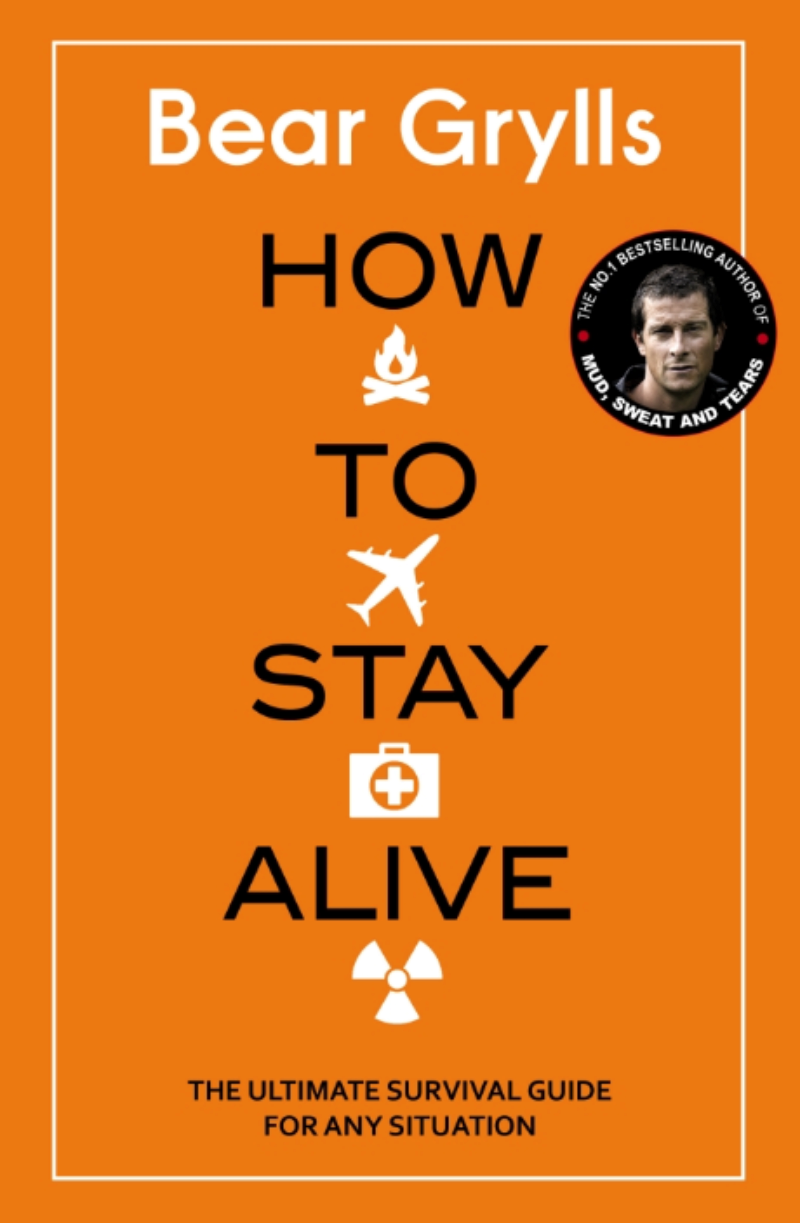REVIEWS

Bear Grylls Survival Guide Part I
This is a part I of a summary of an article I found interesting in the Times newspaper (28/10/17) about the book, How to Stay Alive: The Ultimate Survival Guide for Any Situation by Bear Grylls
Contents of Your First aid kit
Gaffer tape
- Strap feet together for broken bones
- Close a wound that requires stitches
- Patch a damaged eye
- Stick it over bullet wound
- Patch up punctured lung
Quikclot
- Stuff a wound to stem bleeding and clot the blood
Tourniquet
- Standard military, belts or bootlaces
Epipen
- Shot of adrenaline to counter severe anaphylactic shock
Contents of your Survival kit
Stored in tobacco tin, sealed with gaffer tape.
- Waterproof matches
- Button compass
- Water purifying tablets
- Tea light for light and indicator of oxygen, tallow candles can be eaten
- Condom holds up to two litres of water, keep tinder dry, use as rubber glove (choose non-lubricated)
- Tampon for tinder
Fighting
- Best option is to avoid getting into a fight
- Run away
Warning signs that fight is brewing
- Red face
- Prolonged eye contact
- Raised voice
- Gritted teeth
- Fast breathing
- Squaring up
- Face drained of colour
- Clenching fists
- Head dropping to protect throat
- Hands rise above waist
- Shoulders tense
- Sideways stance
### How to act
If they demand your wallet hand it over, else, the law says you can use reasonable force to protect yourself, family and property if absolutely necessary.
- Strike with closed fist, thumb outside with full body weight, strike to the head, move forward and strike repeatedly until threat neutralised.
- Use language to confuse agressor “Is your mother’s name Wendy?”
Using a Knife
- Don’t work on something on your lap you could slip and cut your femoral artery. Work on the ground.
- If handing knife to someone else, handle first, blade upwards
Type of knife
- 10 inch knife with 5 inch fixed blade, split wood and do finer work
- Full tang, blade and handle made out of one piece of metal
- Pointed tip
- Robust pommel, bottom bit for hammering
How to React to an Avalanche
Try to keep your head above the snow, on your back, face pointing upwards, on top of the snow and up the slope.
Once you’ve stopped moving:
- Work fast to make an air pocket round you to breath
- Find which way is up by dribbling or peeing and dig in the opposite direction